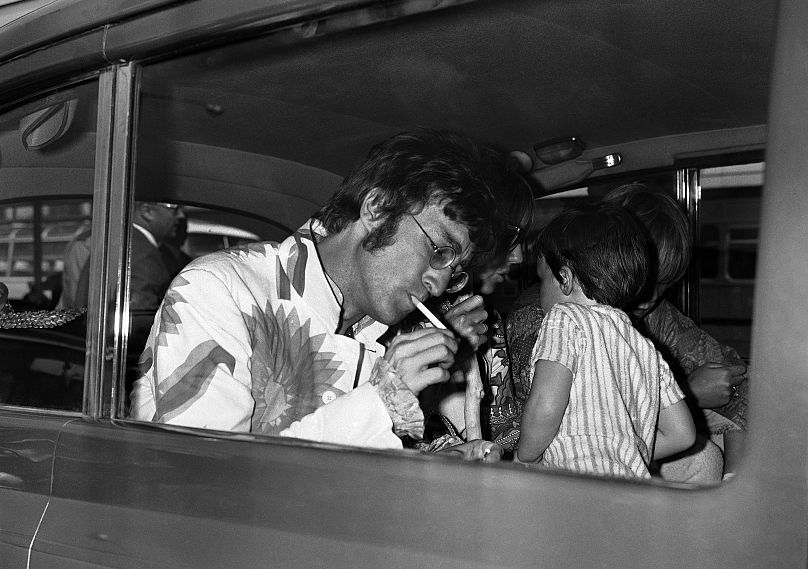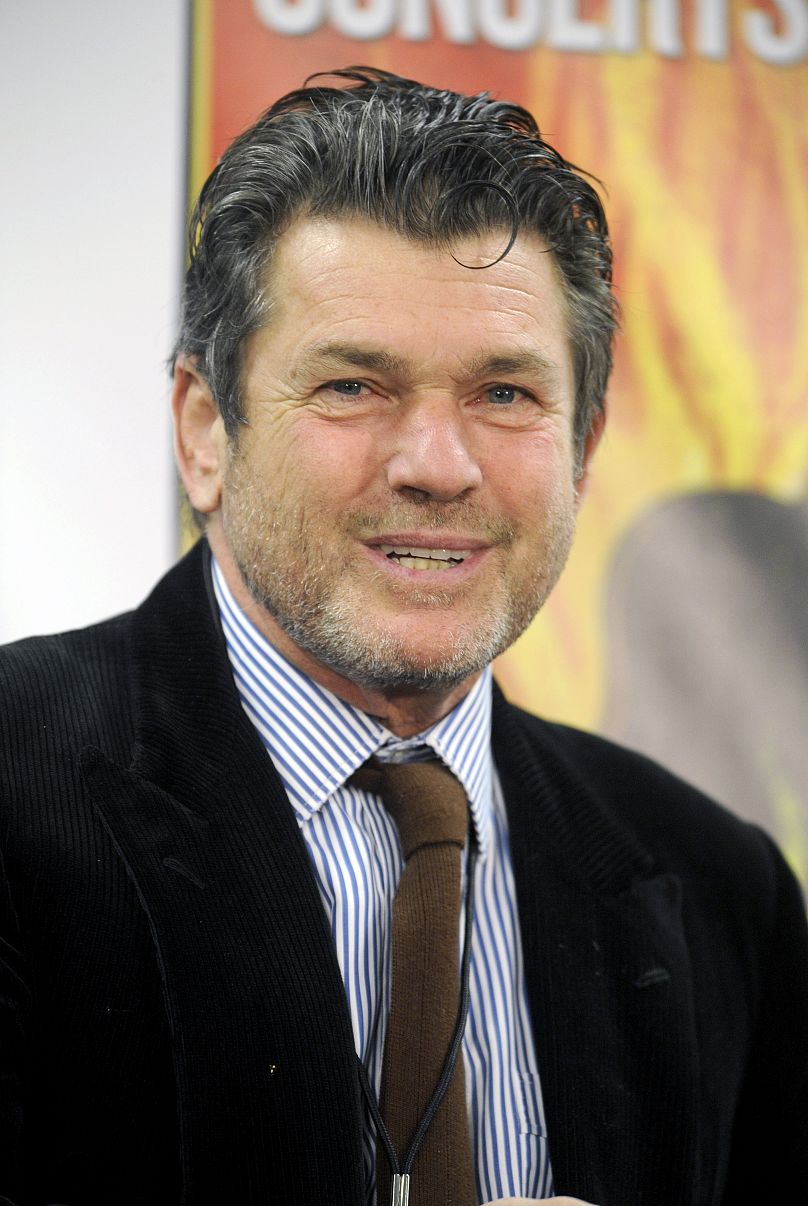9 November 1967: The first issue of Rolling Stone magazine is published.
Jann Wenner had just dropped out of the prestigious Berkeley university when the idea that would define the rest of his life appeared. In a conversation with his friend Ralph J. Gleason, a 50-year-old music critic, Gleason told the 21-year-old dropout that the world needed a rock and roll newspaper.
Gleason had first met Wenner when the ambitious young music lover approached him at a gig with praise for his writing in the San Francisco Chronicle. Surprisingly to Wenner, Gleason had also read his work in the student-paper The Daily Californian. They struck up a lifelong friendship.
With the idea of a rock and roll newspaper in tow, Wenner set about establishing Rolling Stone from a warehouse in San Francisco. With around $7,500 scraped together, Wenner’s idea came at a time when free press abounded. Printing costs were cheap and the demand for writing on the new era of musicians shaking up culture was at an all-time high.
Wenner had Gleason on as the founding editor. Wenner brought the youthful passion necessary to keep the magazine in line with the zeitgeist while Gleason’s vast knowledge – a revere for rock music backed up with an appreciation of musical history – gave the magazine a credence other publications could only dream of.
From the offset, instead of appealing to the simplest ebb of banal news updates on the industry, Wenner demanded longform insight. He’d commission complex think pieces on the nature of popular music as an art form. When possible, he’d send journalists to spend substantial time with the artists to create profiles that truly got under their skin. Wenner knew that the way to set Rolling Stone apart was to make it a celebration of his beloved art form at a level no-one else was yet delivering.
Back to that first issue. The magazine needed a title. Initial suggestions between Wenner and Gleason included “Electric Typewriter” and “New Times” before they found “Rolling Stone”. There’s been plenty of discussion as to whether the name was inspired by the titular band, the Bob Dylan track ‘Like a Rolling Stone’, or the Muddy Waters song that inspired them both. In fact, it was inspired by Gleason’s own work.
Earlier in the 60s, Gleason had written an essay for The American Scholar titled after the Dylan track. It had commented on how Dylan and the Rolling Stones were key features of the identity of the 60s and gave voice to the importance of youth culture.
The frontpage of that first issue shows exactly the kind of magazine Wenner wanted. The cover image was a publicity still of John Lennon dressed as a soldier for his appearance in 1967 film How I Won the War. “It was the best thing we had. But it’s defining, since it encompasses music, movies and politics,” Wenner said of the image.
The lead story is also an example of the in-depth coverage that would define the magazine’s 56 year history. Written by Michael Lydon, ex-journalist for the Boston Globe and Newsweek, the article was an investigation into money going missing from the Monterey Pop Festival.













